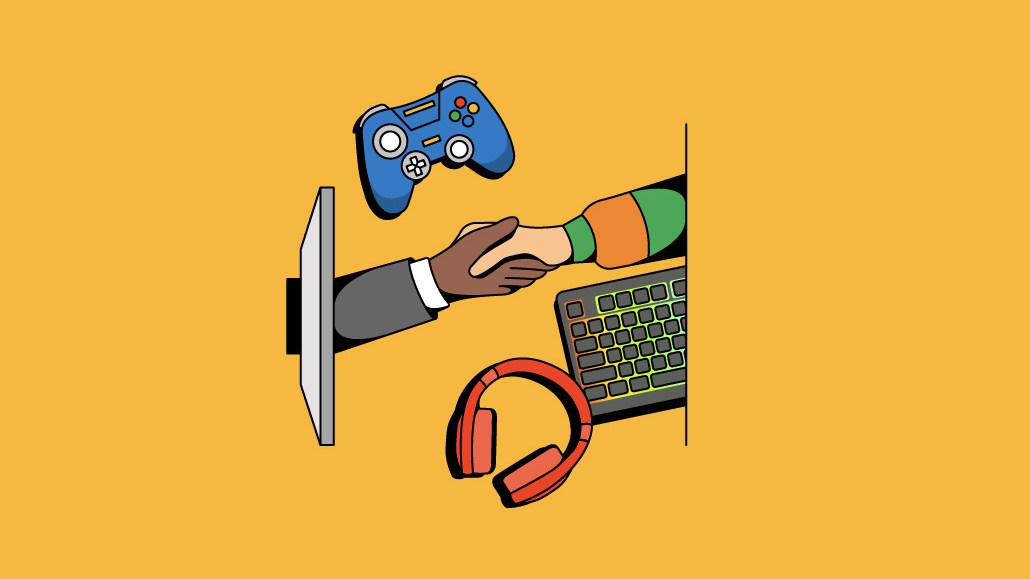By Alexander Lee • August 14, 2024 •

Ivy Liu
2024 has been a period of considerable change for the gaming industry. Halfway through the year, publishers and tech giants alike are still struggling to adapt to gamers’ changing consumer habits.
Although the layoffs that plagued gaming companies in the first half of the year have slowed somewhat, the bleeding has continued — most notably and recently at Bungie, which let go of over 200 employees at the end of July.
The fundamental uncertainties that caused the gaming industry’s recent run of layoffs were on full display during this quarter’s earnings calls, both for endemic gaming companies and for the tech and entertainment giants that hope to expand further into the space.
Here are some of the key takeaways from this quarter’s gaming industry earnings calls.
Investors are wary of gaming
Even when the numbers are good, investors appear to be unsure about the gaming industry’s future prospects. This was made plainly evident by the reaction to Roblox’s Q2 2024 earnings call on August 1. Although the company boasted impressive growth in just about all ways, including increased cash flow and time spent on the platform, Roblox’s share cost dropped by more than five percent following the call.
One reason for this drop could be explained by investor uncertainty around the exit of Roblox CFO Mike Guthrie, who announced that he would be stepping down during the earnings call. Another is that, although Roblox and other gaming companies continue to grow, their growth does not match the high investor expectations set during the industry’s rapid expansion in 2021 and 2022.
In spite of investors’ caution, the businesses that exist within the Roblox ecosystem say that they are encouraged by this quarter’s earnings report, regardless of the share price.
“There are many humongous platform businesses that held off profitability for many years to focus on growth, and I don’t see that as a problem,” said Joe Ferencz, the CEO of the leading Roblox studio Gamefam. “We don’t worry about Roblox’s liquidity and financial solvency as a critical business risk. Here at Gamefam, we are zero percent concerned about their financial stability.”
The console market is cooked (for everyone but Nintendo)
As rumors about the Switch 2 abound, Nintendo has already achieved dominance in the gaming console market, as made clear by this quarter’s earnings calls. During its Q1 2024 earnings announcement, Sony revealed that PlayStation 5 unit sales had dropped beneath 1 million units per month, a nearly 50 percent drop year-over-year from Q1 2023 and much less than Nintendo’s 2.1 million monthly unit sales for the quarter. Similarly, Microsoft reported a 42 percent decline in Xbox hardware revenue.
The decline of Microsoft and Sony’s hardware businesses has sparked speculation about the end of console exclusivity on both platforms. Indeed, Microsoft has already become more open to ending exclusivity for Xbox titles, as implied by CEO Satya Nadella, who said that live service and software revenue was “really our long-term KPI” during the company’s July 30 Q2 2024 earnings call.
“We feel that now we have both the content and the ability to access all the traditional high-scale platforms where people play games, which is the console, PC and mobile,” Nadella said. “But we’re also excited about these new sockets.”
A mixed bag for the premium publishing model
In spite of the rise of live service gaming as a long-term business model, publishers have certainly not abandoned the premium gaming model, through which gamers are encouraged to spend upwards of $70 on one-time purchases of high-production-value console or PC games.
Electronic Arts, for example, spent much of its earnings call discussing the tremendous success of “EA Sports College Football 25,” whose sales reportedly generated over $500 million in revenue for the publisher within two weeks of the game’s release.
“We have seen an incredible start to ‘EA Sports College Football 25,’ with record week-one engagement for our sports franchises in North America, and positive Ultimate Team momentum,” said EA CFO Stuart Canfield during the company’s Q1 2025 earnings call on July 30. “We are only 11 days post-launch, but we are very excited about the opportunity to significantly grow our American football community.”
The success of “College Football 25” shows that the premium business model can still generate profits for publishers, even as Electronic Arts and its rivals look to expand into other revenue streams, such as advertising.
Under the premium model, however, publishers can be forced to rely on the sales of individual smash-hit titles to stay afloat. Take-Two Interactive, for example, has not posted a profit in nine straight quarters — but during the company’s August 8 Q1 2025 earnings call, its executives continued to project confidence due to the impending launch of “Grand Theft Auto VI” next year.
There are some caveats to this quarter’s positive news for the premium business model. One underlying concern is that the gaming franchises that still have the power to move millions of gamers to spend $70 are growing fewer and farther between.
Both “College Football” and the upcoming “GTA” title have benefited from publishing many years after their most recent predecessor, with pent-up demand leading to massive sales. Other popular series, such as the annually released “Madden NFL,” are less likely to experience this level of success, despite their premium status. If EA wants to continue to make money through the premium model, it will have to find a way to capture the excitement of “College Football” within its other marquee titles.
“We have noticed the success of ‘College Football,’ and it’s exciting to be in the stream,” said Take-Two CEO Strauss Zelnick during the call. “We’ve taken note of that, and we obviously do have history with college basketball, with college ‘2K,’ and we’re always listening to our community and their interest to see if there’s something that we might be able to do in the future.”
https://digiday.com/?p=552468
